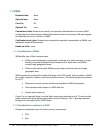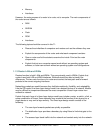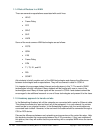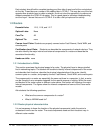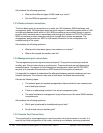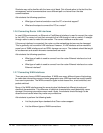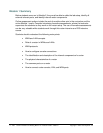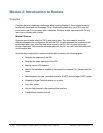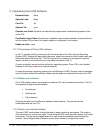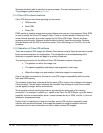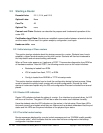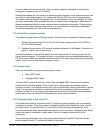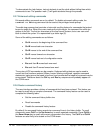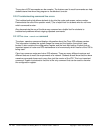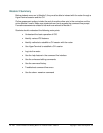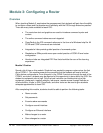
19 - 238 CCNA 2: Routers and Routing Basics v3.1 Instructor Guide – Module 2 Copyright © 2004, Cisco Systems, Inc.
2.1 Operating Cisco IOS Software
Essential Labs: None
Optional Labs: None
Core TIs: All
Optional TIs: none
Course-Level Claim: Students can describe the purpose and fundamental operation of the
router IOS.
Certification-Level Claim: Students can establish communication between a terminal device
and the router IOS and use it for system analysis, configuration, and repairs.
Hands-on skills: none
2.1.1 The purpose of Cisco IOS software
In this TI, students will be introduced to the fundamentals of the Cisco Internet Operating
System (IOS). Student will learn about the show version command, which helps users gain
information about the Cisco IOS. The IOS command line interface is introduced in another
lesson, so there is no need to focus on the show command in this TI.
A router and switch cannot function without an operating system. Cisco IOS is the installed
software in all Cisco routers and Catalyst switches.
A computer needs an operating system such as Windows or UNIX. Discuss how the hardware
cannot function without this software. Make sure the students understand the role of the IOS.
2.1.2 Router user interface
Cisco IOS software uses a command-line interface (CLI) as its console environment. The CLI
is accessible through several methods:
• Console port
• Auxiliary port
• Telnet session
Students should know the difference between these methods. They should also be
comfortable with the term CLI.
2.1.3 Router user interface modes
The user EXEC mode allows a limited number of basic monitoring commands. This mode is
often referred to as a view-only mode. The privileged EXEC mode provides access to all router
commands. To enter the privileged mode from user mode the enable command must be
entered. The privileged mode is used to access other modes to configure the router.



